Lactic Acid Bacteria
Lactic Acid Bacteria
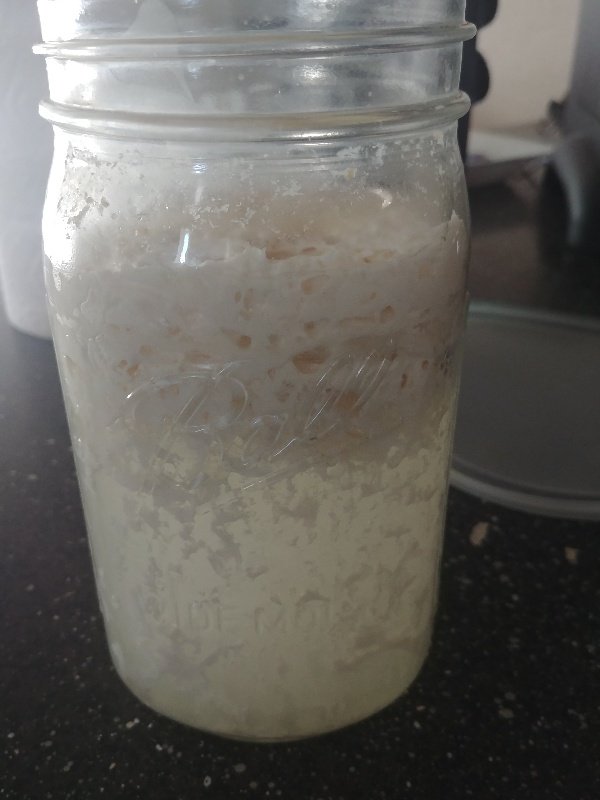
First off what is Lactic Acid Bacteria?
Lactic acid bacteria are among the most important groups of microorganisms used in food fermentations. They contribute to the taste and texture of fermented products and inhibit food spoilage bacteria by producing growth-inhibiting substances and large amounts of lactic acid. As agents of fermentation LAB are involved in making yogurt, cheese, cultured butter, sour cream, sausage, cucumber pickles, olives and sauerkraut, but some species may spoil beer, wine and processed meats. Source
What is Korean Natural Farming?
And why is @jonyoudyer and I so excited about it for growing food and medicine? Because it is a part of a sustainable growing regimen called Korean Natural Farming. It is a fun and beneficial way to produce your own fertilizer for your plants that has edible inputs for humans as well.
Korean Natural Farming (KNF) is a modern natural farming practice that merges ancient Eastern sustainability with efficient Western scientific production to result in phenomenal growth in every climate worldwide.
At its core, KNF is a partnership with indigenous soil life and a set of formulas for direct enhancement of plant growth through biostimulants. The aim is to bring fertility through balance and soils rich with life.
KNF practitioners build robust microbial communities resulting in fertile soils, more plant available nutrients, and reinforce natural processes scientifically to complement nature by adjusting and adapting the practices as necessary.
Source
Lactic Acid Bacteria is perhaps the most beneficial Input from Korean Natural Farming to consume as a human supplement daily, for it has trillions of alive probiotics.
But how do we apply it in Korean Natural Farming? Well at a 1:1000 ratio to water and we foliar spray it. However, many people apply directly to the soil at the same dilution rates.
Note
I am trying out both Hive and Steem for the first time in a while. I just made my first post with Hive today, in which this post is a continuation of. I'm not looking for drama; just engagement, to share knowledge and to help @jonyoudyer keep his excitement alive for a sustainable farming practice called Korean Natural Farming. But also to see which platform I get the most engagement on.
In my first post for Hive.io, I detailed how to make fermented rice wash.
In that post, I detailed the rice wash fermentation process for making Lactic Acid Bacteria. I went over what kind of rice to acquire, types of containers and even sanitization of jars.
Making Lactic Acid Bacteria
First prepare rice wash and ferment it. Please see:
https://hive.blog/hive-123046/@dynamicgreentk/fermenting-rice-wash-for-the-lactic-acid-bacteria-serum
Once the rice wash has fermented, it will smell sweet, have a thin film on top and will have separated.
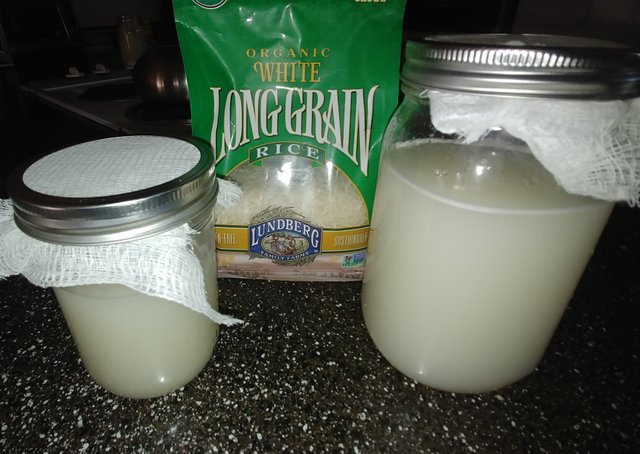 (Before fermentation)
(Before fermentation)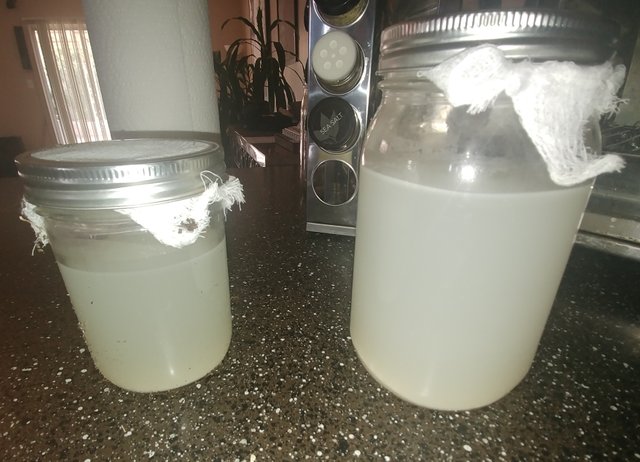 (after fermentation)
(after fermentation)
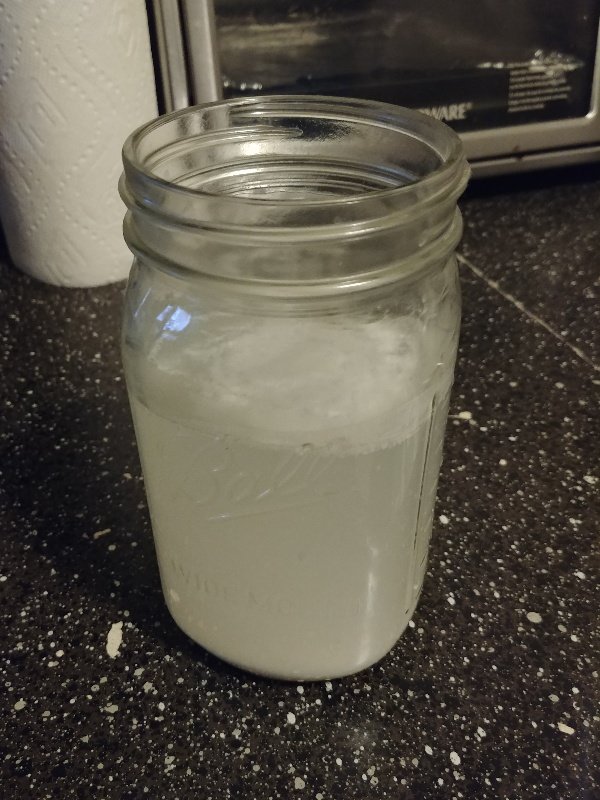
(A finished rice wash fermentation)
This means it will be ready to add to whole milk At a ratio of 1 part Rice wash to 10 parts whole milk. At that point you will need to sanitize more containers or repurpose the milk containers that you will have from the milk you need to acquire.
- sanitize containers or repurpose milk containers
- acquire whole milk
3)Add Rice wash at a ratio of 1 part to 10 parts whole milk - Fill ⅔ full. Leaving ⅓ airspace
(Picture) - Has to be WHOLE MILK. We are relying on the lactose(sugar) here and typically there is lower lactose in milk other than whole.
Love and Intention is required.
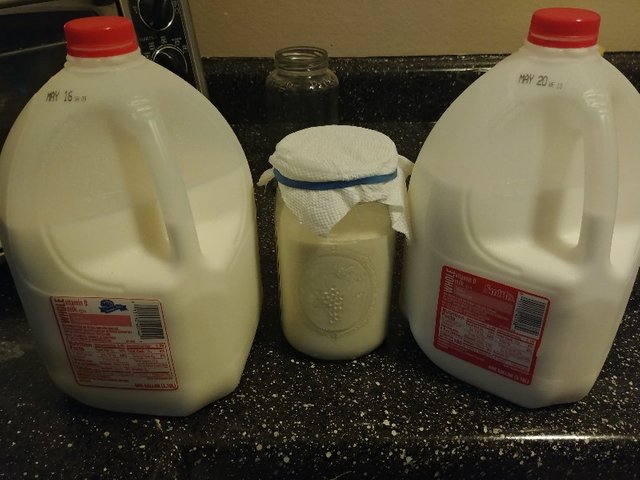
Once you have filled your containers with both the Rice wash and Whole Milk at the 1:10 ratio you are ready to let ferment. But be sure to:
- Cover with a paper towel or a loose lid on the milk but still will need to burp once or more a day if the lid is too tight
- Keep an eye on the temperature. Fermentation is best enjoyed in between 70-80° any higher or lower temps will speed up or slow down fermentation.
You will need to keep the Milk ferment that you just made out of direct sunlight but indirect sunlight is fine. I will typically leave in a dark area of the house or pantry.
Complete separation will typically occur in 24-72 hours. Although in colder environments it can take up to 7 days. You will need to keep an eye out for any molds and discard if you see any ie green, black or pink molds.
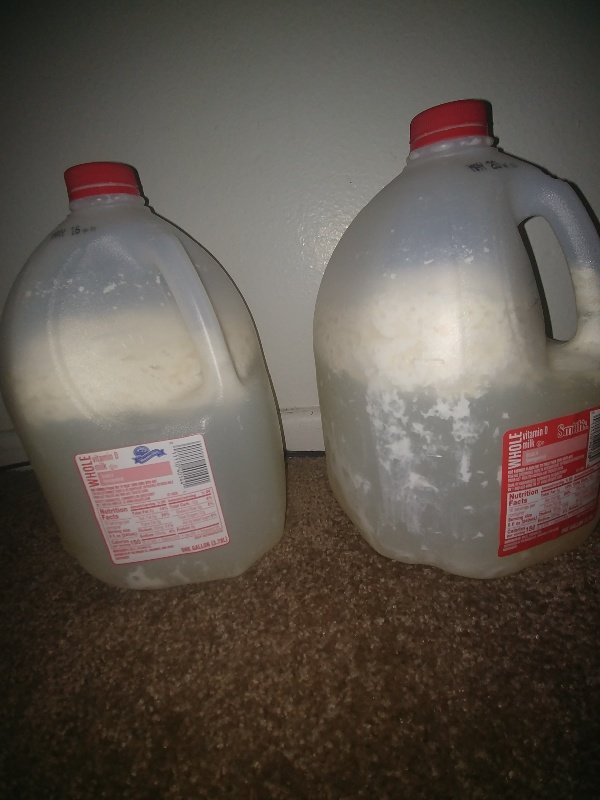

Once separated you will have your whey on top and yellowish liquid below it. It will have pungent cheese smell that will be inviting(if you like cheese😂)
It is important to not let the milk ferment sit longer than 12 hours once the ferment is completly seperated to prevent the milk solids from further break down into toxic protiens. Waiting an extra 12 hours is preferred when the milk ferment completly separates.
Now for the fun part… Straining.
You will need a cheesecloth or a well rinsed cotton t-shirt in which you can see light through the tiny holes.( 400+ micron). I will use a strainer first, typically with a cheesecloth in it.
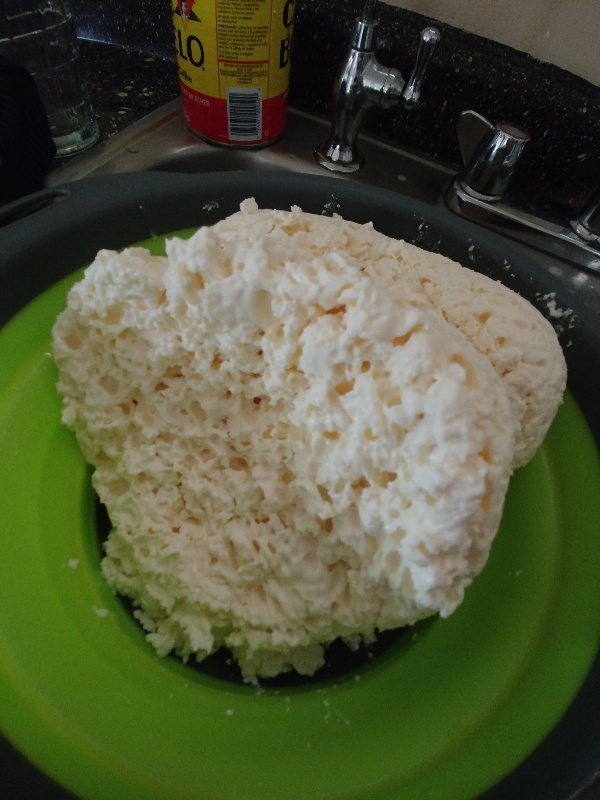
If you have to strain multiple times in order to remove all remaining milk solids, including any whey particles.
Be sure to save the whey, store in the refrigerator until ready to make cheese! I will go over how to make cheese in my next post with the whey.
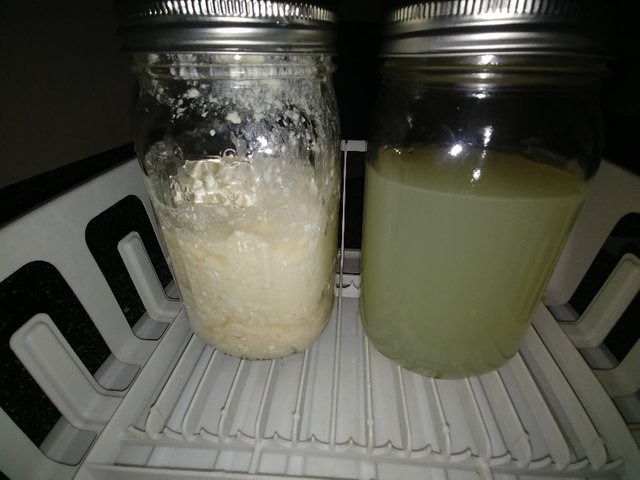
You will need to store the yellowish liquid you just strained in sanitized jars. It is important to store in the refrigerator with a loose lid. Basically, just leave the ring of mason jar loose enough so the lid can burp. Otherwise you must burp everyday. This thing is alive! So be sure that the lid is not tight.
Label your jars with the date at the very least. This will be good for one year. However there is a process called supersaturation to make the Lactic Acid Bacteria shelf stable. My teacher advised against it so I will not show that here. Other teachers do advise for it especially in situations where refrigeration is not available.
I am very thorough with with my labels and I label with cute little emojis just to reinforce my positive intention here.
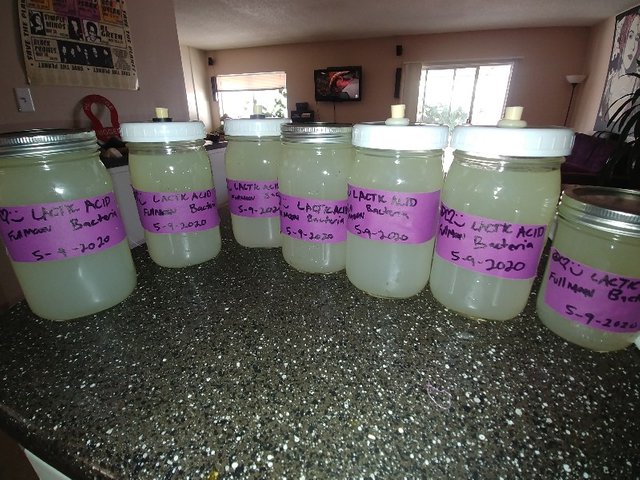
I consume this at a rate of 5mls-15mls with each meal as a probiotics. People with crohn's disease have had success becoming a systematic doing just that.
Please stay tuned for the cheese making process using the whey from this process!
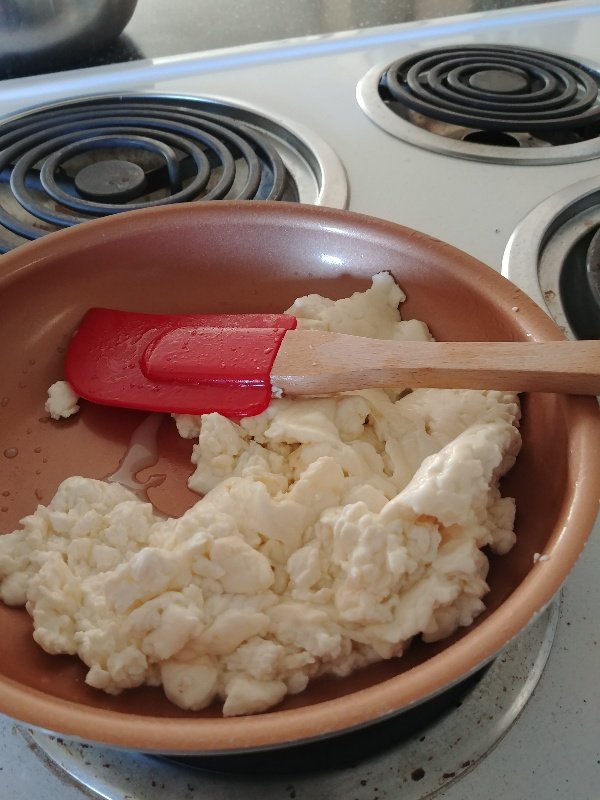
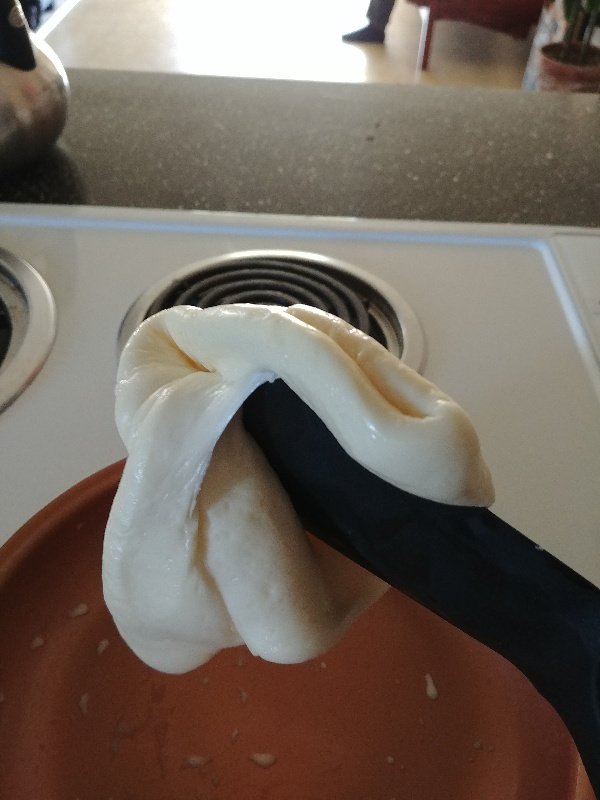
My personal instagram page focused on Korean Natural Farming:
Korean Natural Farming discord channel @ canna-curate discord server
You can reach me there and see other inputs I am currently working on over there.